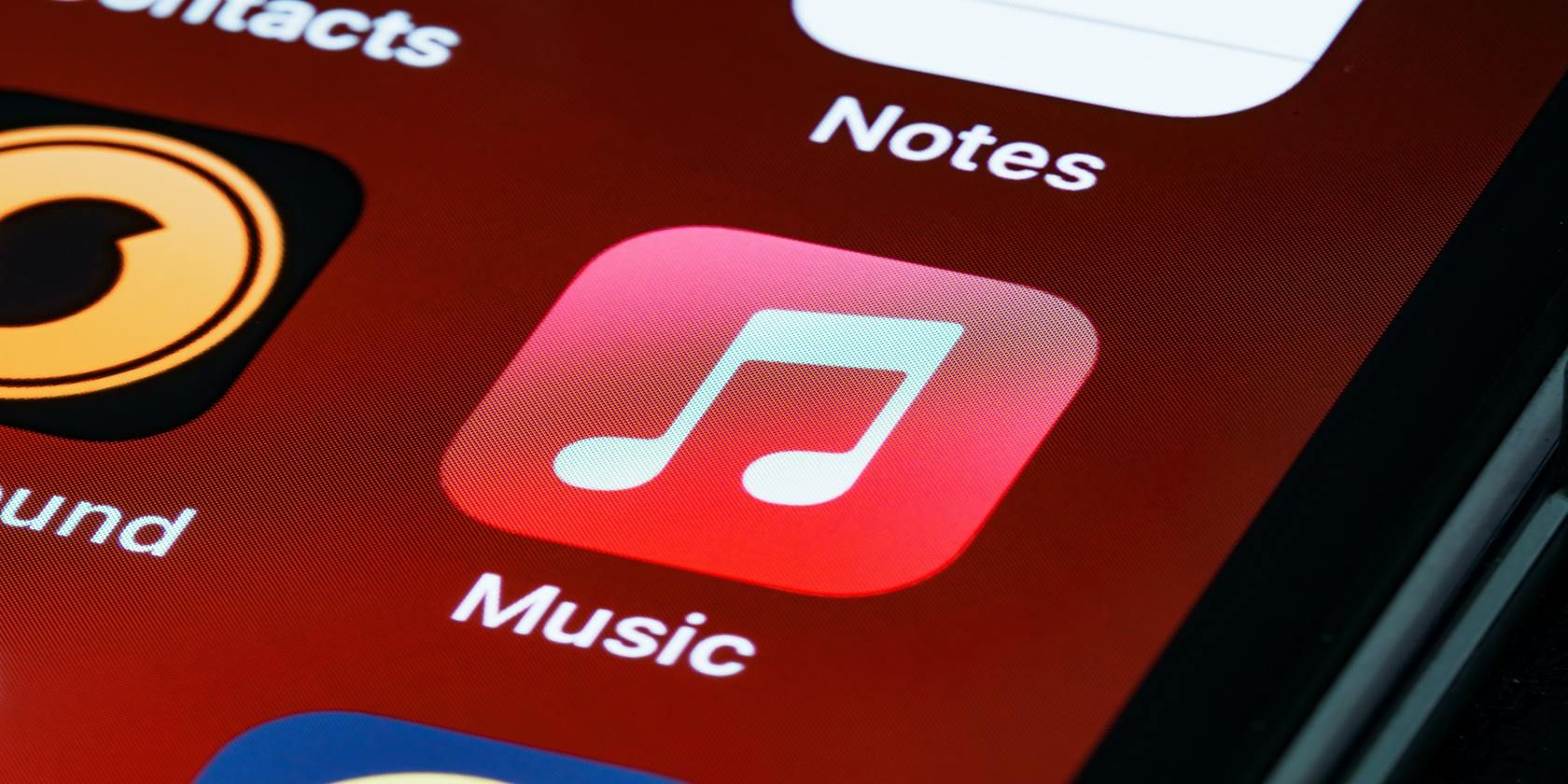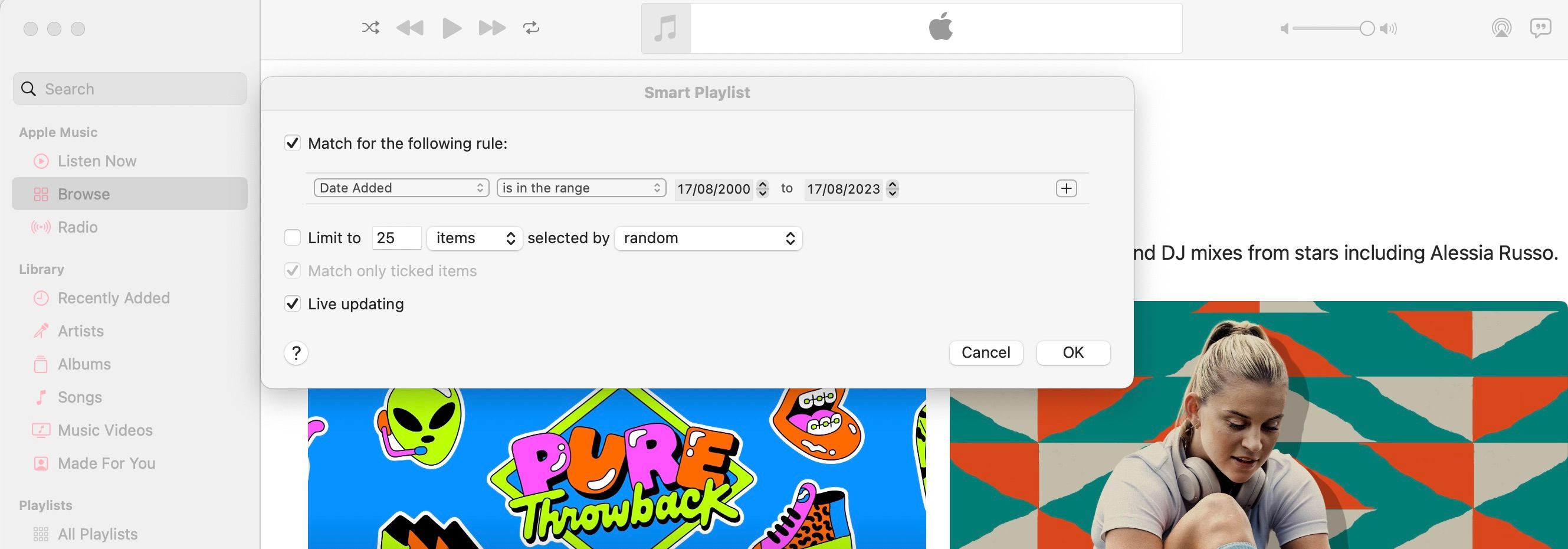With Apple Music, you can download songs, albums, and playlists so that you can listen to anything, even when you don't have an internet connection.
We're going to explain why you would want to do this and how to use Apple Music to download your favorite tunes on mobile and desktop.
What Are the Benefits of Downloading From Apple Music?
The biggest reason to download music is to save your cellular data. This means the music is saved to your device, and you won't need to stream it to play it. With Apple Music, you can view, download, and delete music for offline use.
While downloads take up space on your phone, you'll be able to access it when you cannot connect to the internet, so you'll be good to go when you're in a remote location where the signal is an issue. Also, you can manage and optimize your storage by setting up a minimum storage threshold.
How to Download From Apple Music to Your Phone (iOS and Android)
- Open the Apple Music app.
- Search for the music you'd like to download.
- Tap Add next to any song, album, playlist, or music video. This will add it to your library.
- You will now see the download icon (down arrow) next to items in your library, which you can tap to begin the download.
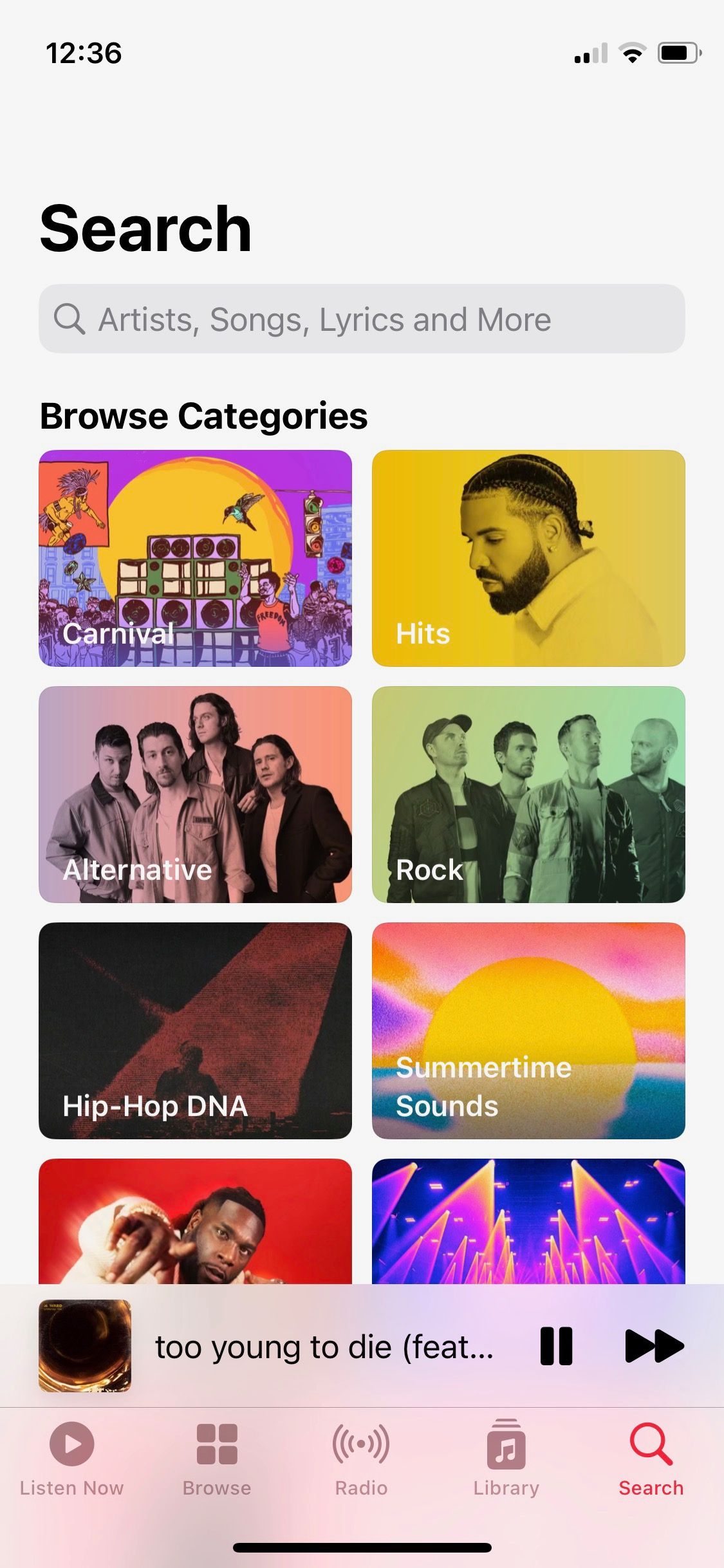
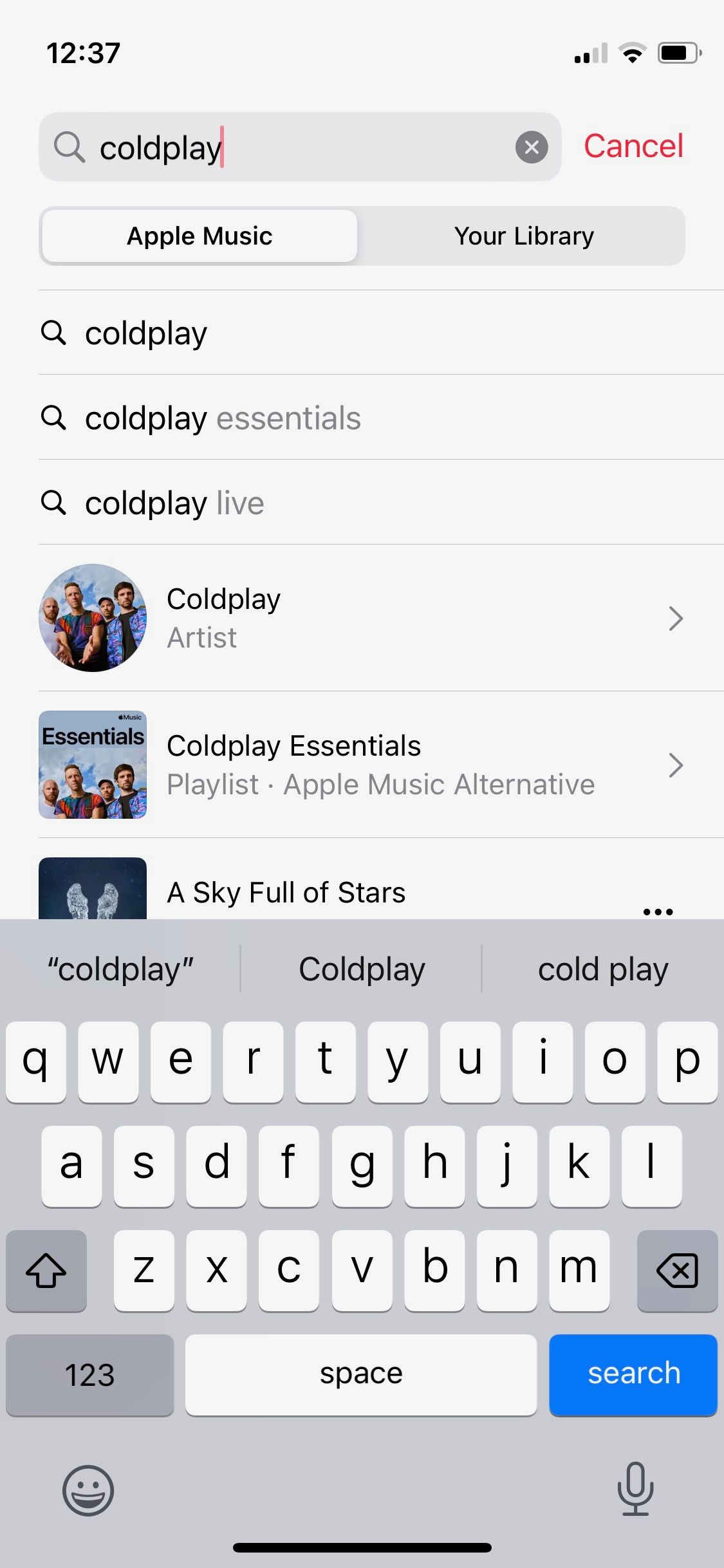
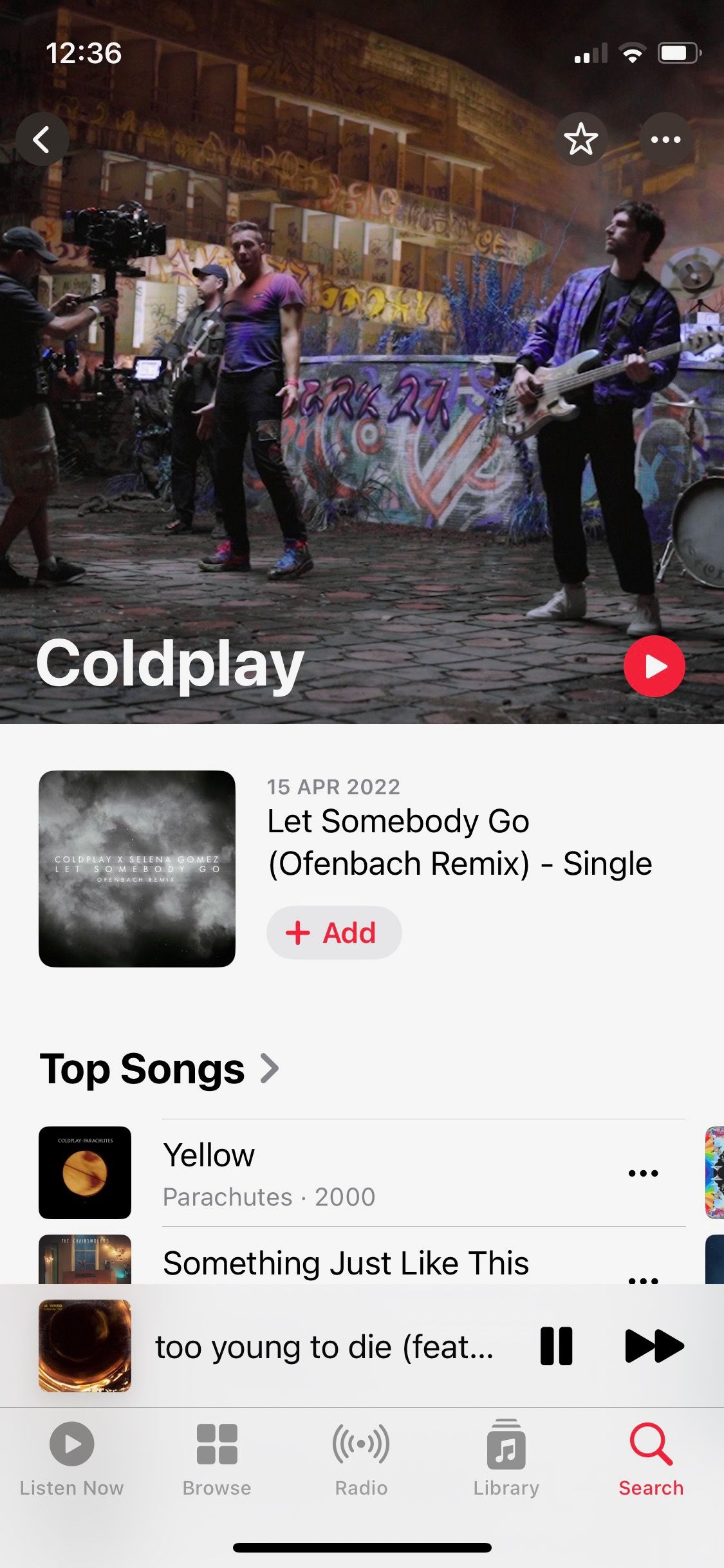
If you want to download music automatically, rather than needing to add it to your library first, go to Settings and enable Automatic Downloads. This removes the additional step and will immediately download something when you tap the plus icon.
Your downloads will be saved in the Library tab. It is organized according to playlists, artists, albums, songs, and more. Tap Downloaded to see which tracks you've downloaded for access offline.
Of course, your phone will need enough storage space to cater for these downloads. If it doesn't, check out our guides on how to create storage space on iOS and how to free up storage on Android.
One simple way to make the most of your storage space is to turn off the Download in Dolby Atmos function in your device's settings. You'll find this in Settings > Music in both macOS and iOS.
Although Dolby Atmos and Spatial Audio for Apple Music is a brilliant innovation, downloading your music using this setting actually means you'll download both the Dolby Atmos version and the stereo version of the track to your device. This inevitably uses more storage space, so it may be better to leave your Dolby Atmos tracks for streaming only.
How to Sync Your Apple Music Downloads
To access your music library across all your devices, go to the General tab and enable Sync Library (or when prompted when adding music). The Sync Library feature requires you to use your Apple ID.
How to Download All Music on Apple Music
If you want to have your entire music library with you but don’t want to go to the trouble of selecting individual songs or albums, there’s a neat way to save time and effort.
Simply put all of your music into a single playlist using the Smart Playlists feature. Then you can download it on your iOS device, and you’ll have all your music to hand.
Unfortunately, it’s not possible to create a smart playlist directly on your iPhone or iPad. However, once you’ve built a smart playlist using the Apple Music app for Mac and enabled Sync Library, it will automatically appear on your iOS devices so you can download it.
Here’s how to set up a smart playlist containing all your Apple Music on macOS:
- Open Apple Music and click File in the top menu bar.
- Select New > Smart Playlist.
- Configure the criteria for your smart playlist using the multiple options in the drop-down menus. One of the easiest ways to ensure that all of your music will be added to the playlist is to select Date Added from the Match for the following rule options. If you select a date covering the whole time you’ve used Apple Music, you’ll ensure all your music is added.
- Check the Live updating box to allow any tracks you add later to be included in the smart playlist.
- Click OK and give your smart playlist a title to identify it easily on your iOS devices.
You’ll see the new playlist available in your Music app immediately, meaning you’re now ready to download it on your iOS device, too, by using the steps outlined above.
Although it’s a simple process, if you don’t have macOS to help you create smart playlists, you might want to consider one of the other great music download apps for Android and iPhone.
How to Remove Your Apple Music Downloads
Once downloaded, content can be deleted from your device:
- Open the Apple Music app.
- Touch and hold the song, album, or playlist you'd like to delete, and tap Remove.
- From there, you can either Remove Downloads or Delete from Library.
To remove all the music on your device:
- Navigate to your Downloaded Music.
- Tap Edit on the top-right.
- Select the red icon on the left of all of your songs and tap Delete.
How to Download From Apple Music to Your Desktop (Mac and Windows)
If you have music saved in your library, it's simple to download it for offline listening on your desktop. The steps are the same for both Mac and Windows:
- Open the Apple Music app.
- Select the music you've added from Apple Music.
- Click Download.
Again, like on mobile, you need to ensure you have enough hard drive space for the downloads.
Create Custom Art for Your Offline Downloads
There you have it. The quick and easy guide to downloading your favorite tracks and even your entire music collection to your device. From saving data to having the music ready at the press of a button, it's worth downloading music via Apple Music.
With your music downloaded, you might want to explore creating custom playlist artwork so your library looks the best it possibly can.

